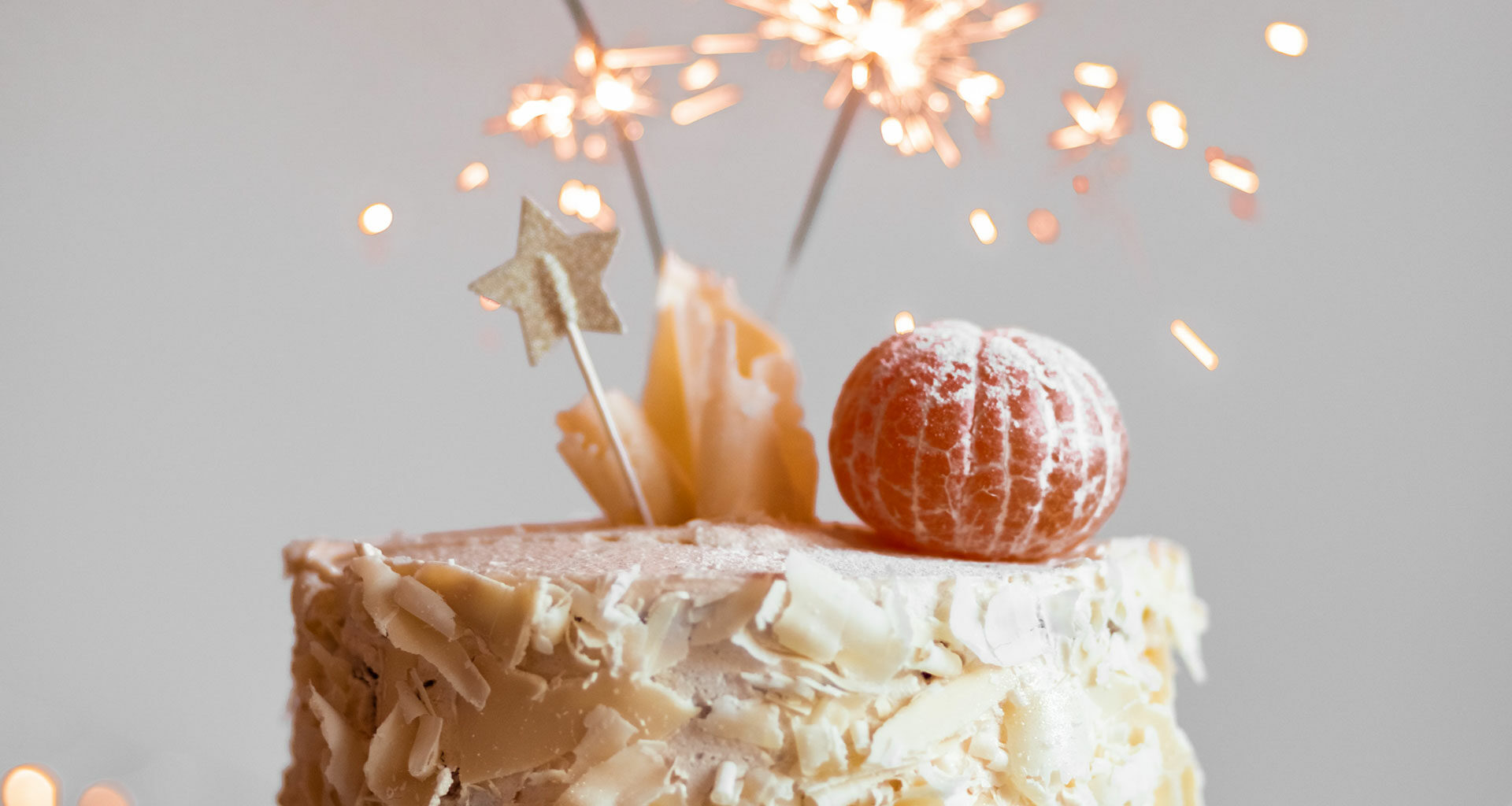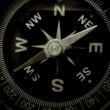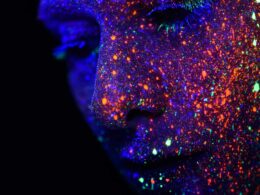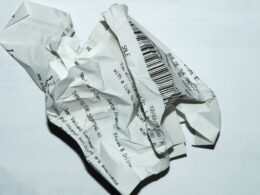Brand loyalty: It’s axiomatic that getting more loyal customers behaving better to your brand means greater market share and profits for your brand. If that didn’t convince you, how about, “money talks.”
We have an anniversary coming up. We’d love if you’d celebrate with us.
In 1984, Brand Keys was established to develop the first predictive loyalty metrics. Next year will be our 38thyear. And while 38 years is a long time, it’s not a traditional anniversary celebration number. Anyway, that’s notthe anniversary I want to tell you about. I’ll come to that one in a minute.
Back then researchers (including your humble correspondent) ran into a wall regarding brand and customer insights. What with more brands, a more complex marketplace, and far more complex consumers there was a real need for more complex metrics. There was a real need to figure out what consumers really thought – as opposed to what they said they thought. And if you could make it predictive, well, that would be pretty hot stuff!
Brand Keys developed psychological measures based on the theory of “emotional bonding” as a way to get under consumers’ radars and find out what they really thought. These brand metrics were a modern-day surrogate for “liking,” but much more nuanced than a 5-point scale. Serendipitously, six years after setting up shop, The Advertising Research Foundation, in one of their seminal industry studies, found liking to be the best predictor of brand success.
We celebrated. Our approach answered a lot of questions. Like how did consumers really evaluate “brands,” a quarter of a century into the post-modern marketplace? And how were more knowledgeable consumers going to behave toward a brand with which they emotionally bonded? And what was real customer loyalty? And most importantly, how could it be measured and predicted? It also answered questions about ROI.
It would be an understatement to say real ROI metrics were “elusive” back then. It was the “third rail” of advertising and marketing – something agencies sidestepped. But not something brands wanted to ignore. At one point, Rubin Mark, the legendary CEO of the Colgate-Palmolive Company, floated the idea of basing agency compensation on actual results.
After the ad agencies went through all the words appearing in Roget’s Thesaurus under the entry “impossible,” they agreed that they needed to attend to ROI and agreed that they needed to institute a new ROI ethos. An ethos that addressed the need for ROI and one that told clients they were listening about instituting a new ethos and would absolutely keep them informed about this new ethos. Yeah, that was pretty much their response!
Sure, there were satisfaction measures, but by then satisfaction had become the price-of-entry. Now, of course, it’s become a substitute for real brand differentiation, but then (as now) nobody wanted to upset the apple cart. Except us. That pesky ROI thing niggled at us. So, we enhanced our methodology.
We developed higher-order statistical analyses to fuse emotional and rational aspects of categories. That allowed us to identify category-specific path-to-purchase, behavioral loyalty drivers. The psych evals gave us measures of what consumers really expected. Insights into what they truly desired – unconstrained by the rational world of “what is,” and opened doorways into “what could be.”
We were able to identify an important archetype: the category Ideal. And that gave us a benchmark to compare what they desired and what they thought brands delivered. One of our guys came up with a way to measure individual values that formed the components of each driver. And the percent-contribution each made to engagement, behavior, loyalty, and brand profitability. So, with our absolutely 100% bulletproof model, we launched the Customer Loyalty Engagement Index.
That was 1997. We called it, “The Customer Loyalty Index.” We’ve conducted the study every year since and have upgraded metrics according to marketplace and brand and consumer requirements. Now it’s the Customer Loyalty Engagement Index. And that makes 2022 our Index’s 25th anniversary, our “Silver Anniversary,” which sounds a lot better than a “Beryl Anniversary,” which is what the 38th turns out to be.
It’s axiomatic that getting more loyal customers behaving better to your brand means greater market share and profits for your brand. If that didn’t convince you, how about, “money talks.”
Here’s how. Adjusted for a new century and a new generation of consumers, when it comes to loyalty:
- It costs 13 to 18 times more to recruit a new customer than to keep an existing one (+60% vs. 1997).
- An increase in loyalty of 5% can result in a boost in lifetime profits per customer of as much as 78% (+22% vs. 1997).
- An increase in customer loyalty of only 2% is equivalent to a 15% across-the-board cost reduction program (+50% vs. 1997).
Based on financial trends, loyalty – how to earn it, grow it, and keep it – will be one of the most important performance indicators that brands need to measure in the next decade.
The 2022 survey will bring the database up to 4.3 million customer assessments – men and women, 16-65 YOA drawn from the 9 U.S. Census Regions. It will include loyalty and engagement analytics for 1,624 brands in 142 categories. It’s been independently-validated by a lot of organizations including The Advertising Research Foundation. Something else to celebrate is that our metrics correlate very, very highly with positive, in-market consumer behavior. Usually at the 0.80+ level, which are the kind of results that have social scientists opening bottles of champagne while dancing naked on their desks!
We’ll be opening the champagne January 24th when we release our Silver Anniversary 25th annual Customer Loyalty Engagement Index. Oh, and we’ll be dressed. And while we can’t offer you a drink, we can offer you access to the largest, most accurate, correlated-to-consumer behavior, continuous brand loyalty database ever created.
Which, given the marketplace and where it’s heading, is another thing worth celebrating.
 Robert Passikoff is founder and CEO of Brand Keys. He has received several awards for market research innovation including the prestigious Gold Ogilvy Award and is the author of 3 marketing and branding books including the best-seller, Predicting Market Success. Robert is also a frequent contributor to TheCustomer.
Robert Passikoff is founder and CEO of Brand Keys. He has received several awards for market research innovation including the prestigious Gold Ogilvy Award and is the author of 3 marketing and branding books including the best-seller, Predicting Market Success. Robert is also a frequent contributor to TheCustomer.














2 comments